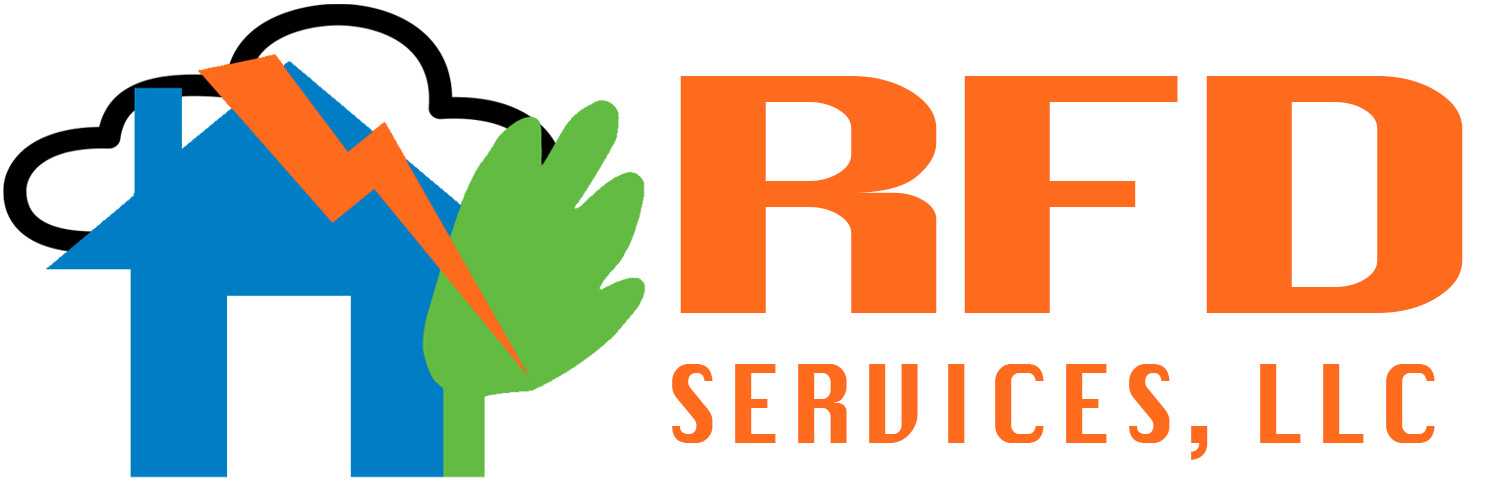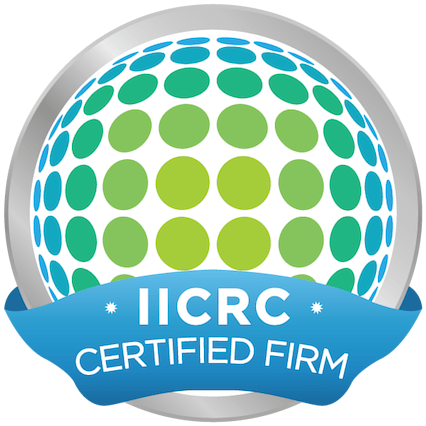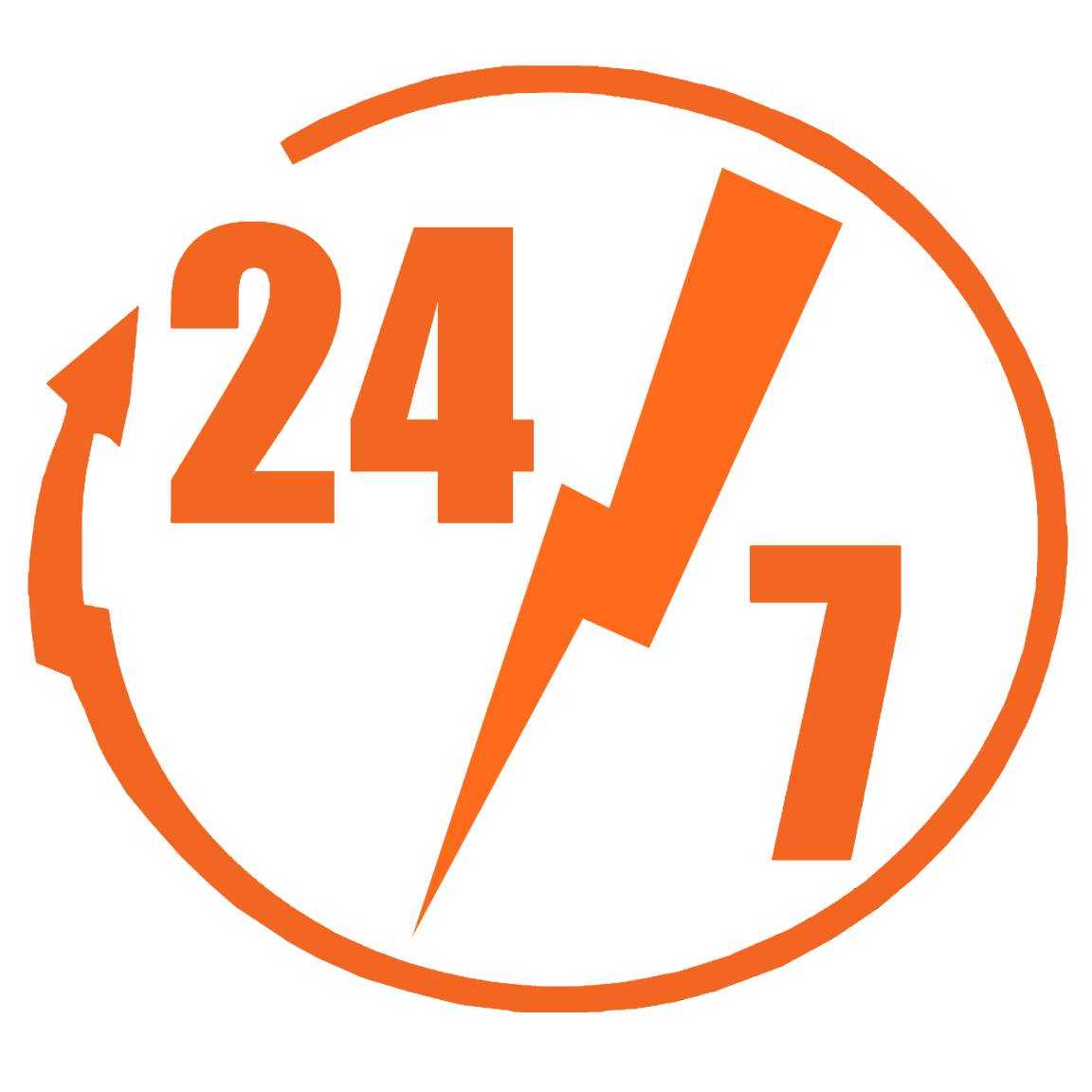Leak detection in homes and offices prevents costly water damage, reduces repair expenses, and minimizes the risk of mold and mildew growth. Best practices include regular inspections, paying attention to the sounds of dripping or running water, and conducting water meter tests to locate and repair leaks. For complex or hidden leaks, it’s best to call a qualified plumber for effective leak management and repairs. Addressing leaks promptly helps maintain the value and integrity of your home. RFD Services, LLC offers 24/7 emergency restoration services, providing rapid, reliable assistance whenever disaster strikes.
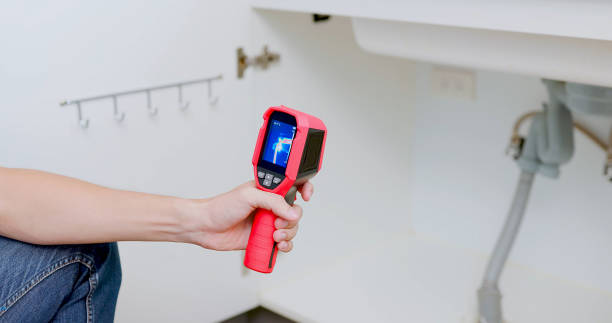
Understanding the Best Practices For Water Leak Detection and Prompt Repairs
Understanding and implementing the best practices for leak detection and repair is essential for homeowners. Early detection helps conserve water, reduces repair expenses, and prevents costly water damage, protecting your property’s foundations and structural integrity. Homeowners need to understand the signs and types of leaks to maintain a healthy living environment. This guide outlines best practices for detecting and repairing leaks, as well as the proactive measures homeowners need to take, along with effective detection techniques and appropriate repair strategies.
Water leak detection techniques
- Look for water stains or mold on walls and ceilings, and if you smell musty odors, it’s a clear sign you have a hidden leak issue.
- Monitor your water meter regularly, especially if you suspect any leaks, to detect any unexpected consumption.
- Visually examine your pipes and systems and check areas that are particularly prone to risks, like under the sink areas and around windows and doors.
- Do a toilet dye test for toilet leaks by adding a food dye in the tank and check after a while if it appears in the bowl without flushing.
| Modern leak detection methods include |
| Acoustic sensors |
| Thermal imaging |
| Tracer gas detection |
| AI and machine learning |
| Moisture meters |
| Water meter testing |
How to maintain your plumbing system?
- Schedule regular inspections and regularly check pipes and appliances for any signs of wear and tear, including rust or dampness.
- Roof and gutter maintenance should be done regularly, as clogged gutters can lead to costly repairs down the line and structural damage.
- Insulate exposed pipes, especially in winter, to prevent freezing and potential pipe bursts.
- Install a leak detector to protect your home from water damage effectively.
- Avoid using harsh cleaning chemicals that can damage the pipes in the long run.
- Replace worn-out washers or seals to repair a dripping faucet.
- Think about appliance maintenance and regularly inspect for leaks, especially incase of washing machines and dishwashers.
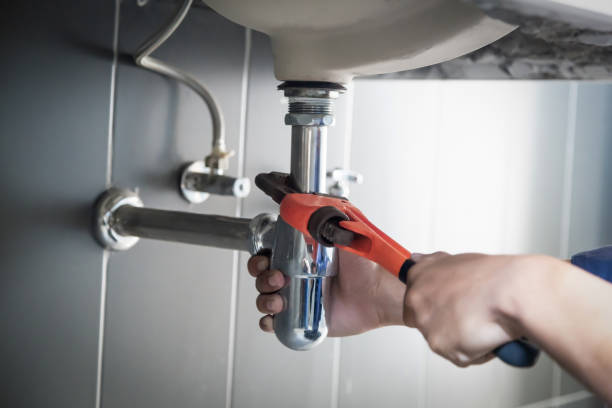
| Interesting fact The US water leak detection system market alone is expected to reach $9.29 billion by 2033. |
What steps to take when a leak is detected
- Stop the water source on detecting a leak, and also when you are away for extended periods, to minimize potential damage from any leaks.
- Tighten loose pipe connections carefully to stop the leaks.
- Use epoxy for quick fixes, or you can apply plumber’ tape or pipe sealants as a temporary solution.
- Use the dehumidifiers, as higher indoor humidity can worsen existing leaks and cause condensation, leading to water damage and mold growth.
- Address the moisture by using moisture meters to pinpoint leak locations without damaging the structure, to identify, repair, and dry the affected area, preventing any further damage.
- Call the professionals and hire a qualified plumber for hidden or complex leaks to ensure proper diagnosis and repairs.
| Did you know? Leak detection and repair programs (LDAR) are crucial for reducing volatile organic compounds VOCs and volatile hazardous air pollutants VHAPs, which contribute to air pollution and health problems. |
Conclusion
Early leak detection is crucial to prevent water damage. Prompt repairs ensure the structural integrity of your property, resulting in an increased home value. Best practices include staying vigilant about any leaks, regular inspections and maintenance, and calling in professionals in case you suspect any hidden leak source.
FAQs
How to fix dampness after leaks?
Use dehumidifiers, and ensure adequate ventilation to promote evaporation and speed up the drying process.
What is thermal imaging?
Professional plumbers employ thermal cameras to identify temperature variations caused by leaks in concealed areas.
When to do the auditory detection?
When no appliances are being used, listen to the sound of running or dripping water to detect leak issue.
